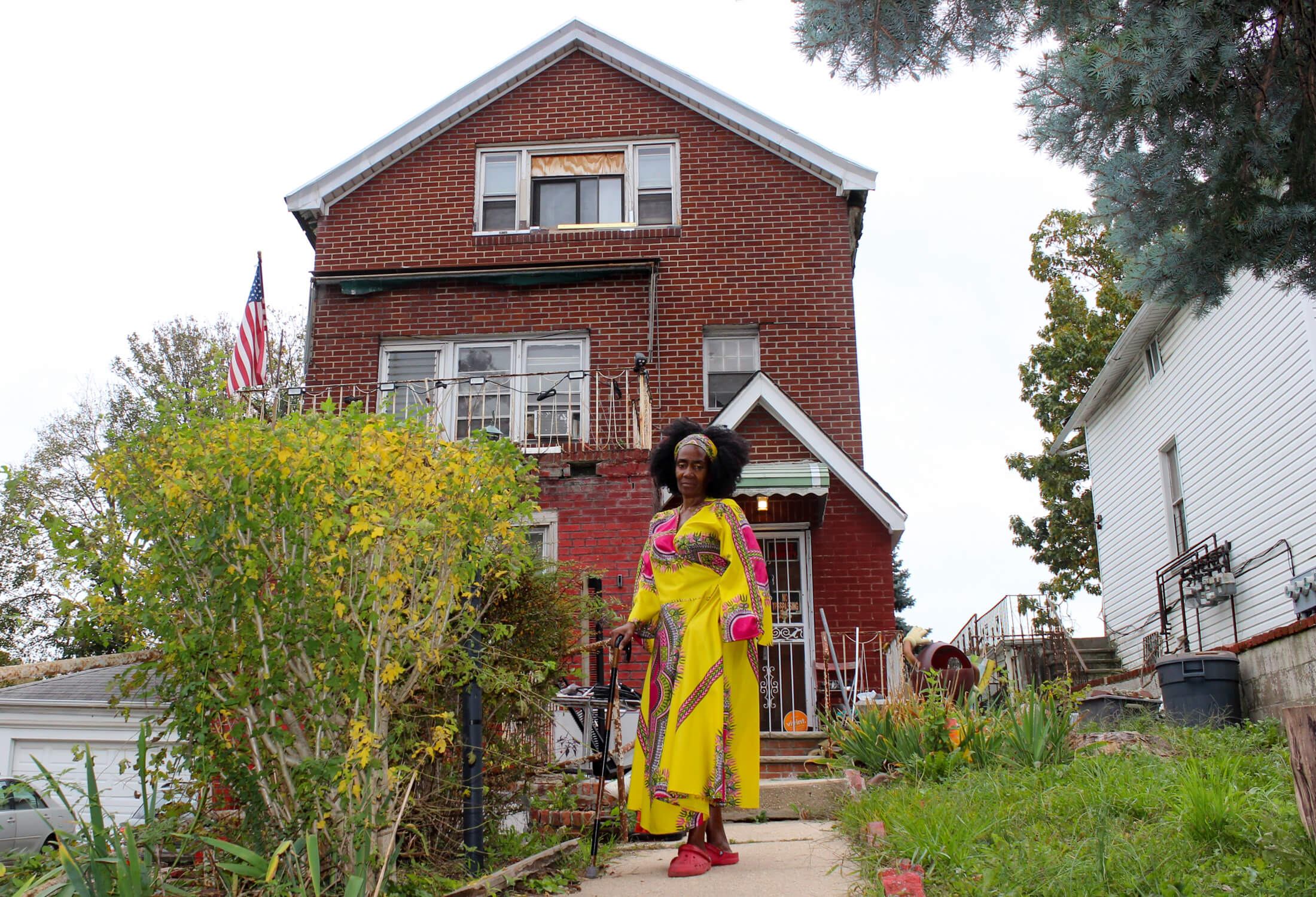Building of the Day: 68 Pennsylvania Avenue
Brooklyn, one building at a time. Name: Originally Tyrian Masonic Lodge, then Prince Hall Masonic Lodge, now Atlantic Senior Center Address: 68 Pennsylvania Avenue Cross Streets: Fulton Street and Atlantic Avenue Neighborhood: Cypress Hills Year Built: 1906-1907 Architectural Style: Neo-Classical Architect: Harde & Short Other buildings by architect: Kismet Temple in Bedford Stuyvesant, Bushwick Hospital,…

Brooklyn, one building at a time.
Name: Originally Tyrian Masonic Lodge, then Prince Hall Masonic Lodge, now Atlantic Senior Center
Address: 68 Pennsylvania Avenue
Cross Streets: Fulton Street and Atlantic Avenue
Neighborhood: Cypress Hills
Year Built: 1906-1907
Architectural Style: Neo-Classical
Architect: Harde & Short
Other buildings by architect: Kismet Temple in Bedford Stuyvesant, Bushwick Hospital, Maurice T. Lewis house in Sunset Park, several Brooklyn theaters, as well as Alywn Court and other apartment buildings in Manhattan
Landmarked: No
The story: Pennsylvania Avenue, which runs through Cypress Hills and East New York, was one of the 26th Ward’s premier avenues. In fact, it was THE premier avenue for the waning years of the 19th century, on into the 20th. Along its length were fine homes, as well as important institutions such as banks, churches, police stations, post offices and clubs. This building was home to one of the more influential local clubs.
Freemasonry has a long history, both in Europe and here in the United States. Throughout its history, the well-connected as well as the humble have been initiated into its ranks. There are many branches of Masons; the Tyrian Masons trace their history back to the ancient Biblical city of Tyre, and the time of Solomon’s Temple. They eventually made their way to England and Ireland, and then here.
The Tyrian Lodge Number 618 was founded in 1867, and had rooms on Atlantic Avenue by at least 1873. From their activities as chronicled in the newspapers, the lodge was primarily made up of men with Anglo-Saxon surnames. There were very few German members, which is interesting, as the 26th Ward had a very large number of German residents. The Germans did have their own Masonic lodge, not Tyrians, who often met in concert with Lodge #618.
At any rate, by the beginning of the 20th century, the lodge headquarters at Happ’s Hall, on Liberty Avenue and Wyona Street, was far too small, as the lodge was now the largest Masonic body in East New York, with well over four hundred members. Funds were raised for a new hall, and land was purchased on Pennsylvania Avenue. On Saturday, July 26, 1906, a grand procession made its way from Liberty Avenue to Pennsylvania Avenue for the laying of the cornerstone for the new building. The stone was laid with much Masonic pomp and circumstance, and the stone was laid with the help of 72 year old Brother Harry M. Smith, the oldest Tyrian Lodge member present, and the first man to be initiated into that particular Lodge back in 1867.
The firm of Harde & Shorte was chosen to design the building. They were used to working with fraternal organizations and were also the architects for the Kismet Temple of the Order of the Mystic Shrine; the Shriners. That spectacular building is on Herkimer Street in Bedford Stuyvesant. They were very creative in their designs and ornamentation, but here were very restrained, designing a neo-classical temple fit for any secret fraternal organization. The first meeting in the new temple took place in April of 1907.
The Masonic Temple was also home to the Tyrian’s Ladies Auxiliary, which held charitable events here often, raising money for orphans, disaster relief and other charities. The male membership was representative of the well to do and upper middle class population of East New York, and included doctors, lawyers, businessmen, real estate men, merchants and other people of means. The Lodge was in existence until at least after World War II.
From hints in records, it seems the building was a manufacturing or warehouse facility for a number of years after the Tyrians either disbanded or relocated to another neighborhood. In 1971, the surviving trustees sold the building to the Prince Hall Masons, an African-American Masonic body. They held meetings here for the next forty years, but sold the building in 2012 to the Penn Foundation. Today, the building is a community center. GMAP
(Photograph: Kate Leonova for PropertyShark)











It’s still the Prince Hall Masonic. They have meetings and events throughout the building. The senior center moved out. The interior of this place, at least the first floor, has definitely seen better days.